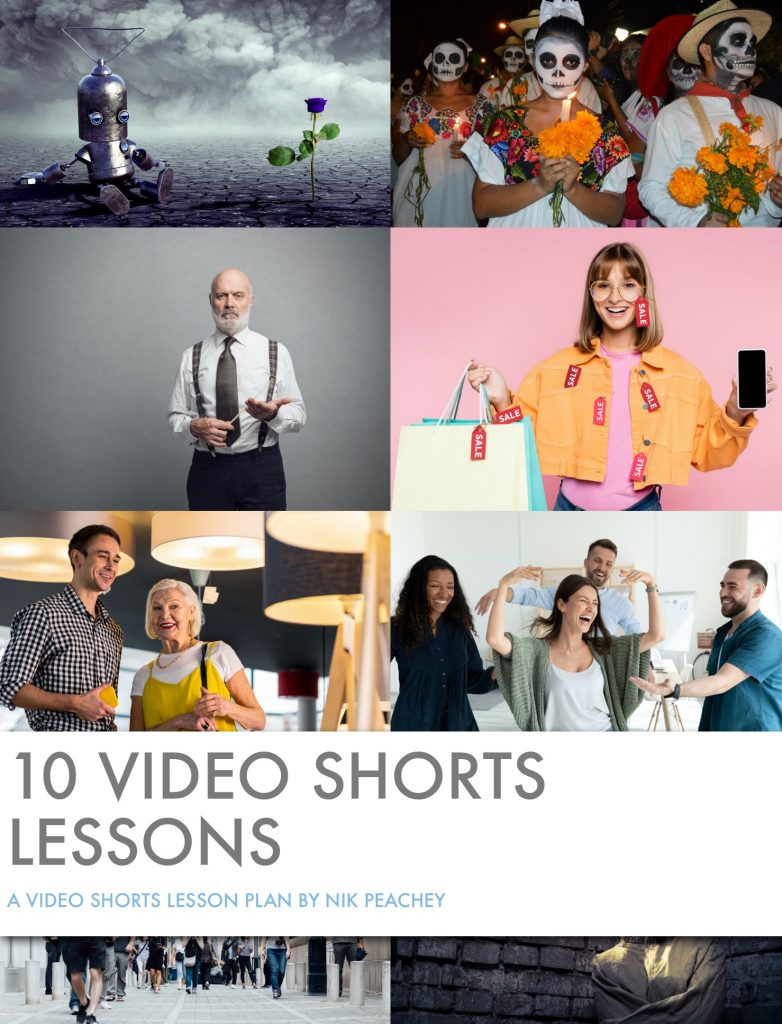Many materials writers and instructional designers like to emphasise the importance of engaging content and rightly so too, but what exactly is it that creates engagement with content?
I’ve seen a lot of content and courses over many years that sell themselves as being engaging, but these often fall well short, and as we all know dropout rates on many online courses tend to be extremely high. This would not be happening if the content was genuinely engaging.
So here’s my checklist for designing engaging content:
Is it interesting?
This sounds obvious, but a lot of course content focuses so explicitly on achieving whatever point it is ‘teaching’ from the syllabus that the learner seems to be almost forgotten. If any learner is to make their way through more than 10 minutes of online content, let alone an entire course, designers have to provide something that’s interesting enough to compete with social media content.
Of course, what’s interesting for one person can be totally dull for another, so the important thing is to know your learner and be able to identify with their world and what they like and enjoy. Covering the syllabus should be secondary to engaging the learners’ interest.
Is it personally engaging?
This sounds a lot like the point above, but it is slightly different. Students need to connect the content back to their own lives in some way that makes it relevant and useful for them. They need to be able to see themselves in the materials somewhere, identify with any characters and images in it, and the kinds of contexts and situations the content is based around. They need to be able to make use of it in their day-to-day lives.
Is it cognitively engaging?
This is where the element of instructional design really comes in. Just getting a piece of interesting content and asking someone to read, listen to or watch it, followed by some form of comprehension check, doesn’t produce a very high level of cognitive engagement. Good instructional design will involve the learner in working to extract the learning goal from the content, not just testing that they have understood it. Having extracted learning from the content, they then need to do something meaningful with what they have learned.
Is it emotionally engaging?
This is an important element that is often overlooked or even avoided in some cases. So much learning content requires little if any emotional engagement. Students are often emotionally disconnected from the materials they learn from. If we can engage them on an emotional level, and move them in some way, then the learning is much more likely to impact their lives on a deeper level and be much more memorable.
Is it visually well-designed?
This sounds a bit superficial, but the visual design of any content will have a significant impact on the student, especially given the high design standards of so many mobile apps and social media sites these days. Firstly, it needs to look professional in order for students to take it seriously as learning material. Secondly, it needs to be clearly designed in terms of what they need to do and how they need to do it, with a minimum of friction as they work through it.
*Friction = Anything that disturbs the learners flow and distracts them from the narrative of the materials. This includes things like those extra clicks and moments wasted looking for the correct button or link to click on, or waiting for something to happen.
Is it level appropriate?
Ideally the complexity of the material needs to be pitched at a slightly higher level than the students’ existing level. Anything that’s too easy won’t hold their attention – they don’t want to learn what they already know – but if it’s way too difficult then they may feel defeated and give up. We need to design materials that stretch our students, but not to a point where they snap.
Lastly, and again it sounds obvious, but know and respect your learner. Never talk down to them, involve them in a dialogue, both in the way you design the learning content and in getting feedback about it. Get, listen to, and work on any feedback you can get from your learners and constantly build on and improve what you provide for them. It’s popular to hear from internet marketers that, ‘content is king’ – They are wrong. It’s important, but it’s your learner that is the king.


